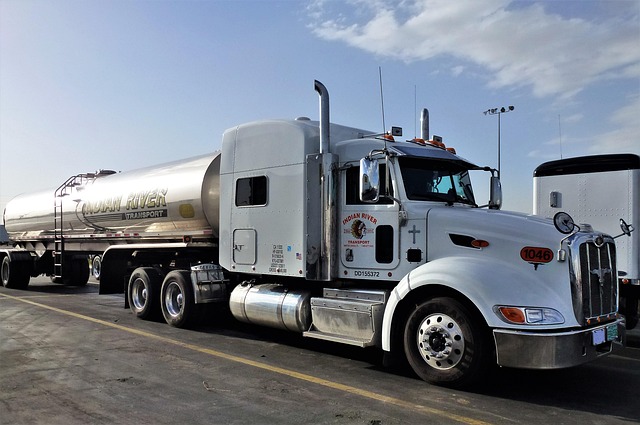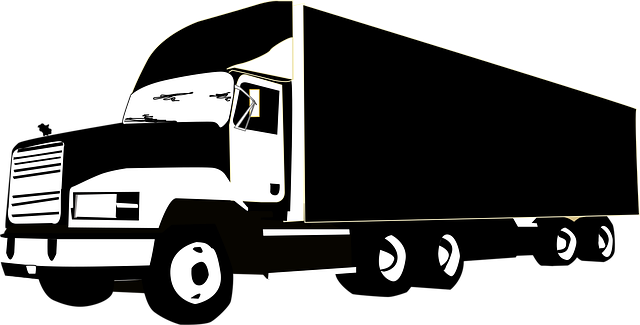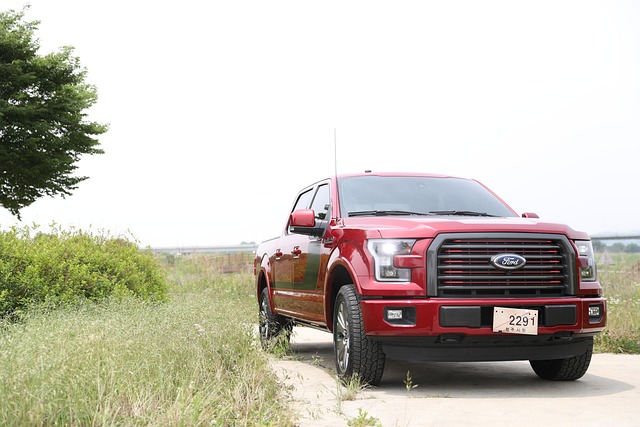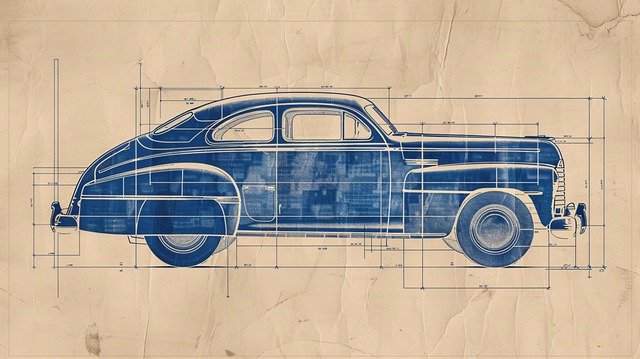Registering a car in California involves understanding specific requirements and gathering essential documents. This step-by-step guide will walk you through the process, ensuring a smooth experience. First, comprehend the state’s car registration mandates, including eligibility and fees. Next, prepare necessary papers for DMV VIN verification, a crucial step to establish vehicle ownership. Perform the vin check promptly, as it validates your car’s history and authenticity. Finally, complete the application, pay fees, and receive your official registration documents, legalizing your vehicle in California.
- Understand California Car Registration Requirements
- Gather Necessary Documents for VIN Verification
- Perform DMV Vehicle Identification Number (VIN) Check
- Complete Car Registration Application Process
- Submit Fees and Receive Your Registration Documents
Understand California Car Registration Requirements

Before registering your car in California, it’s crucial to understand the state’s specific requirements. The California Department of Motor Vehicles (DMV) mandates that all vehicles operating within the state be properly registered and bear a valid registration plate. To initiate the registration process, you’ll need to undergo a DMV VIN verification, ensuring your vehicle’s unique identification number (VIN) is legitimate and matches the details on record with the manufacturer. This step is vital to prevent fraud and ensure road safety.
A mobile VIN verifier or inspection service can be particularly useful for this purpose, offering a convenient way to validate your car’s VIN without the hassle of visiting a DMV office. These services utilize advanced technology to cross-reference your vehicle’s information with reliable databases, providing instant results that speed up the registration process.
Gather Necessary Documents for VIN Verification

Before you begin the registration process in California, make sure to gather all the essential documents required for the DMV VIN (Vehicle Identification Number) verification. This step is crucial as it ensures that your vehicle meets all safety and legal standards. You’ll need the following:
1. A valid registration certificate from the previous state where the vehicle was registered.
2. Proof of insurance, which demonstrates that you have the appropriate coverage for your car.
3. The title of the vehicle, if applicable, showing that you own the car free and clear.
4. For a mobile VIN verification or inspection, ensure you have access to your vehicle’s digital report, often provided by the manufacturer. This document contains critical information about your car’s history and specifications.
5. A valid driver’s license or state-issued ID card.
Perform DMV Vehicle Identification Number (VIN) Check

Before registering your car in California, it’s crucial to perform a DMV Vehicle Identification Number (VIN) check. This step is essential as it ensures that the vehicle you’re looking to register has not been reported stolen or has any outstanding issues. The process is straightforward; you can either conduct this check online through the California DMV website or by visiting a local DMV office.
A mobile vin inspection or mobile vin verification service can also be an efficient option, as these services offer a convenient way to complete the VIN verification process from the comfort of your location. This approach is particularly beneficial for folks with busy schedules who might find it challenging to visit a DMV branch in person.
Complete Car Registration Application Process

To complete the car registration application process in California, start by gathering all necessary documents, including your vehicle’s registration renewal notice, proof of insurance, and a valid driver’s license. Next, visit the California Department of Motor Vehicles (DMV) website to initiate the online application or pick up a paper form from any DMV field office. Ensure you include the exact make, model, and year of your vehicle for accurate processing.
A crucial step in this process is the dmv vin verification, where the unique Vehicle Identification Number (VIN) is checked against state records to confirm ownership and ensure the car meets safety standards. You can complete this through a traditional vin inspection at a DMV office or opt for a mobile vin verifier service that provides on-site or remote verifications using your smartphone. This modern approach streamlines the process, especially for those with busy schedules.
Submit Fees and Receive Your Registration Documents

After completing your vehicle’s registration application, it’s time to submit the necessary fees and receive your official documents. The California Department of Motor Vehicles (DMV) will process your request and conduct a thorough vin inspection to ensure the vehicle’s authenticity. This step involves verifying the Vehicle Identification Number (VIN), which is a unique code that identifies your car. You can facilitate this process by utilizing a mobile vin verifier, an application that allows you to check your VIN in real-time, ensuring accuracy and saving you a trip to the DMV.
Once your vin inspection is complete and approved, the DMV will generate your registration documents. These include your vehicle’s registration certificate and license plates. You can opt to receive them via mail or, for added convenience, choose to pick them up in person from any California DMV field office. Ensure you have all the required documentation, including proof of insurance, before leaving the DMV to avoid any delays.
Registering a car in California involves several straightforward steps, from understanding requirements to completing the application process. Ensure you have all necessary documents ready for a smooth DMV VIN verification. By gathering these essentials and adhering to the outlined procedures, you’ll be on your way to securing your vehicle’s registration in no time. Remember, proper documentation and accurate information are key to a successful car registration experience.
